Imaging Price Estimate
Has your doctor recommended you get a medical imaging study in order to diagnose an issue or as part of your healthcare treatment? Or, have you suffered an injury or condition that requires further investigation? Using Capitol Imaging Services’ imaging price estimate below can help you understand your imaging costs, allowing you to make the best choice for your health care.
Know the price before your study
Capitol Imaging Services (CIS) is happy to assist you with identifying the potential cost you may incur when undergoing any test or exam with our imaging price estimate. By choosing CIS over hospital-based entities, patients are usually able to save significant amounts of money, which can be especially helpful to people with large deductibles or no health coverage at all.
In order for us to produce a good faith estimate, there are important pieces of information we need from you. The more information we have, the more accurate the imaging price estimate.
If you are unable to answer some questions, please reach out to your physician’s office, as they may be able to provide the information needed. If you are still unable to answer all of the questions, don’t worry, just do the best you can.
Once the process is completed, we will send a written estimate to the email address you provided. Fields marked with an asterisk are required and must be filled in.
Imaging Price Estimate Form
The CIS advantage
The major benefit of selecting Capitol Imaging Services is simple. We perform the majority of common exams and specialized tests priced with significantly lower out-of-pocket expenses. Many people have been amazed at the difference in what they may have to pay for a test when they compare us to a hospital or medical center.
For those with health insurance deductibles and/or high deductible insurance plans, the value is huge. After all, why pay more when you do not have to for high quality medical imaging? Saving money doesn’t mean sacrificing quality. When you choose CIS, your studies are performed with industry leading technology and the results are ready by radiologists certified by the American Board of Radiology. Combined with being treated with kindness, dignity and respect, it’s often an easy decision to forego the hospital and instead select a CIS imaging center.


